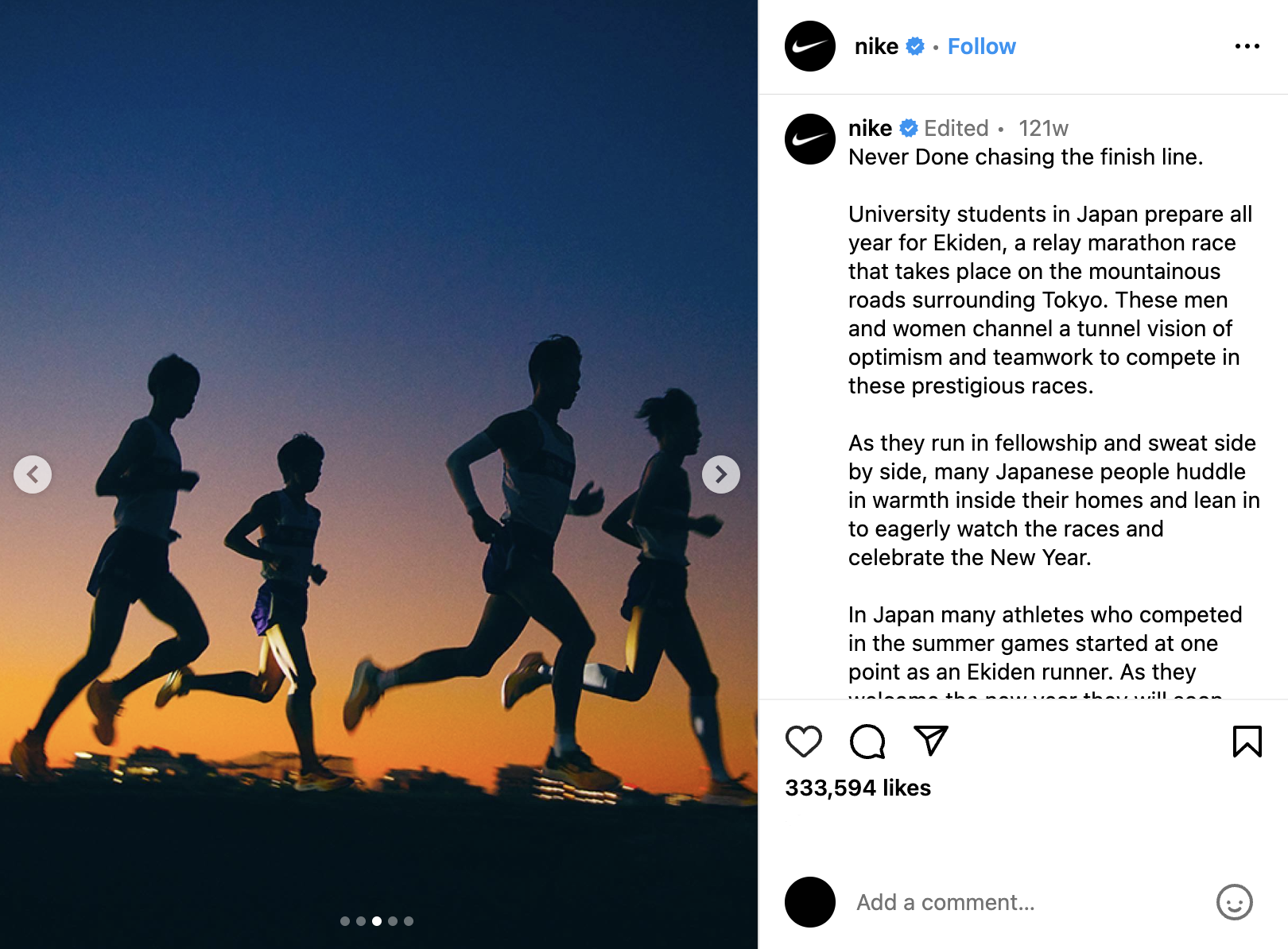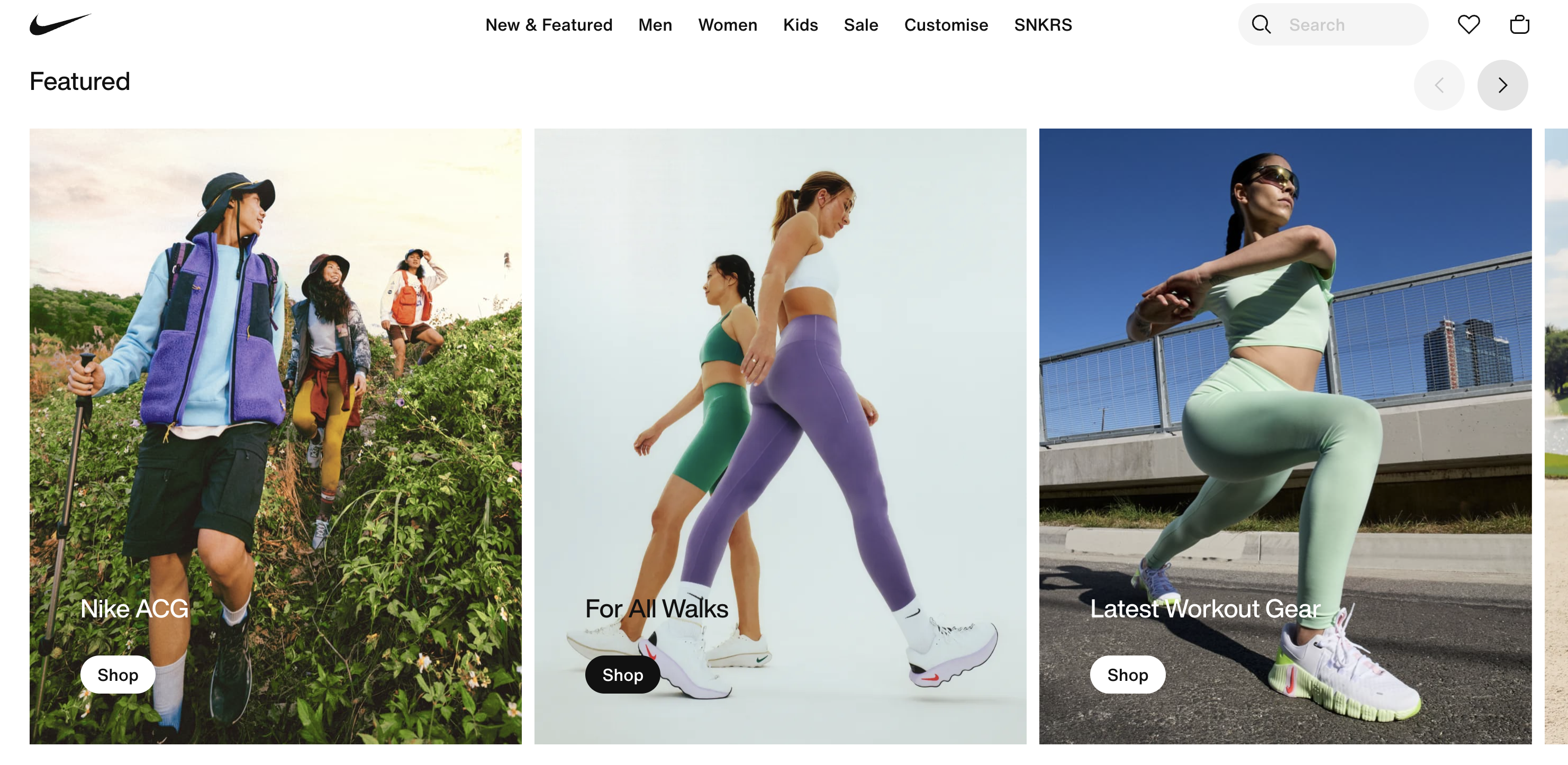Branding in the Digital Age

Branding seems to be a hot topic recently, with more and more established businesses seeing the need to join in – particularly in the digital sphere. Because of the lack of physical interaction now, online communications are more important than ever.
However, there are multitudes of ways that brands can connect online with their consumers, and it’s all too easy to lose track of each. Imagine going to a brand’s Instagram page, and seeing that they use bright colours and a happy tone-of-voice, before going to their website, and realising that their visuals and tone-of-voice are business-like and corporate – the complete opposite of their social media.

It’s jarring, and will affect the brand’s consistency across multiple digital assets.
This is why branding is incredibly important. A proper brand strategy will act as a solid foundation for your business to expand consistently, both in the digital realm and in the physical world. Without a proper brand strategy to guide and direct them, a brand will flounder, especially when their assets are scattered over multiple digital platforms.
In today’s article, we’ll be highlighting how branding is able to help with a brand’s digital marketing efforts, and why it makes monetary sense to brand, and not market.
What is Branding?
Most business owners think of branding as a pure visual identity, such as a brand’s logo, typography, and colours. However, a solid brand strategy extends way beyond that.
A brand strategy should consist of many different components, such as the brand’s story, values, personality, touchpoints, promise, tone-of-voice, messaging strategies, etc. The list goes on and on, depending on what every brand needs. It should be a customised strategy for your brand – a tailor-made solution that fits like a glove to help your brand grow and develop into the future.
To sum up what branding is, it’s about how consumers connect with a business across different touchpoints, and includes many different elements. Think of the brands that you’re loyal to. Do you support them because their logos and colours are nice? Or does your love for that brand go deeper than that?
Having a solid brand strategy helps with the many different digital assets your brand has, because there’s already a framework at hand to guide said assets. Following your brand strategy would be the best way to go – no matter launching a new digital marketing campaign, or updating your website, because it will mean consistent communication with your consumers, even as the content and designs change.
Branding, not Marketing
Most brands think of marketing as throwing a budget into their advertisements and hoping that it’ll reach the right target audience.
Think about it this way.
In our current day and age, millions of businesses exist, and most are just as eager as you to attract consumers through advertisements. This results in competing based on how much budget each brand has. People think: “The bigger the budget, the more I can reach”.
Well, they’re not wrong. But how many businesses can confidently say that they’ll outbid their competitors when it comes to the furious war of digital marketing? Having a big budget but no focused direction to throw it into is like shooting a thousand arrows into the sky, hoping that it’ll land on prey. Wouldn’t it be better to chase down a juicy target with a single arrow that never misses?

“Wow, what magical arrow is this?” You might ask. Branding. It’s branding.
Without a proper brand strategy, the company’s verbal and visual strategy will be all over the place. For example, one marketing campaign might make use of a gentle tone of voice, and bright pastel colours. Six months down the road, when a brand launches another campaign, they might use a strong, domineering, tone of voice, and bolder colours.
All these will inevitably hurt the perception of consumers, as they are confused as to whether you are the same brand, and what you are trying to share with them. A proper brand strategy deflects this problem by helping your brand build a credible, seamless story with your target audience. This, in turn, helps to build their trust in your brand, helping them to better relate to the service or product that your brand carries.
Those who’ve heard your brand’s story before and buy into it will be more inclined to believe and be persuaded by your marketing efforts. That’s how you catch your prey – by luring them in, slowly, and gently.
Good things come to those who wait – an especially important point for creating a loyal consumer base.
Consistency is Key
There’s this thing in marketing called the Rule of 7. Simply put, it’s been proven that a consumer needs to see, or hear, an advertiser’s message at least seven times before they take action to discover more about the brand, or even purchase a product.
Without a proper brand strategy in place, consistency is nigh impossible, because brands simply don’t have guidelines in place for their advertisements. They might use different shades of the same colour, different logo sizes, different typography, different tone-of-voice for each campaign, or advertisement.
All these will build up, and hurt your brand’s consistency, making consumers feel like they’re seeing your brand for the first time, each and every time. There’s simply no build-up for your consumers.
When speaking of brands with amazing branding that have translated into their digital marketing efforts, we love speaking about Nike.
More than just mere messages promoting their products, Nike’s advertisements are all centred around their consumers. They manage to rouse an emotional connection with their consumers that is magically consistent, and wonderfully inspiring.


Nike Print Ads that Boosted Their Income
Look at the two advertisements above. Although they’re ultimately trying to promote their shoes, the messaging strategy is centred around inspiring their athletes (in the mission statement of Nike – “If you have a body, you are an athlete”). The colours and designs might be different for their campaigns, but the underlying meaning and message behind their advertisements are always amazingly consistent.
This means that all their corporate communications are streamlined to a strong brand strategy that has served as a strong foundation for their brand to grow.
Not only that, their assets across all their digital channels are consistent.

It’s not hard to see why people would follow Nike’s Instagram – rather than cluttering the feed of their consumers by showcasing their products, they highlight inspiring athletes over the world who use their products instead. This makes their feed more of a showcase of their consumers, rather than a showcase of their products.
There’s something more in their posts that go beyond promotional material.

When we talk about the website, however, it’s slightly different. Assuming that people are on their website to purchase Nike products, their website focalises more on that – showcasing more of the products, its material, so on so forth. Yet at the same time, there’s always a certain aura that their models have, which underscores the inspiring confidence that people should have when putting on a Nike product.
This confidence oozes from all their digital assets, rendering all of them consistently strong.
Conclusion
It’s easy to lose track of your brand’s presence online, given how many channels exist nowadays to connect with your consumer-base and target audience. It’s also easy to overshoot your budget, without proper planning. The solution to both? Have a solid brand as a steady foundation to guide all your digital communication guidelines.
Want to learn more about branding? We’ve got several great articles on our blog, under the branding tab! Interested in taking it further and finding out how your brand can jump on the digital bandwagon, without falling off of it in terms of budget and time? Come speak with us! We’d love to help.